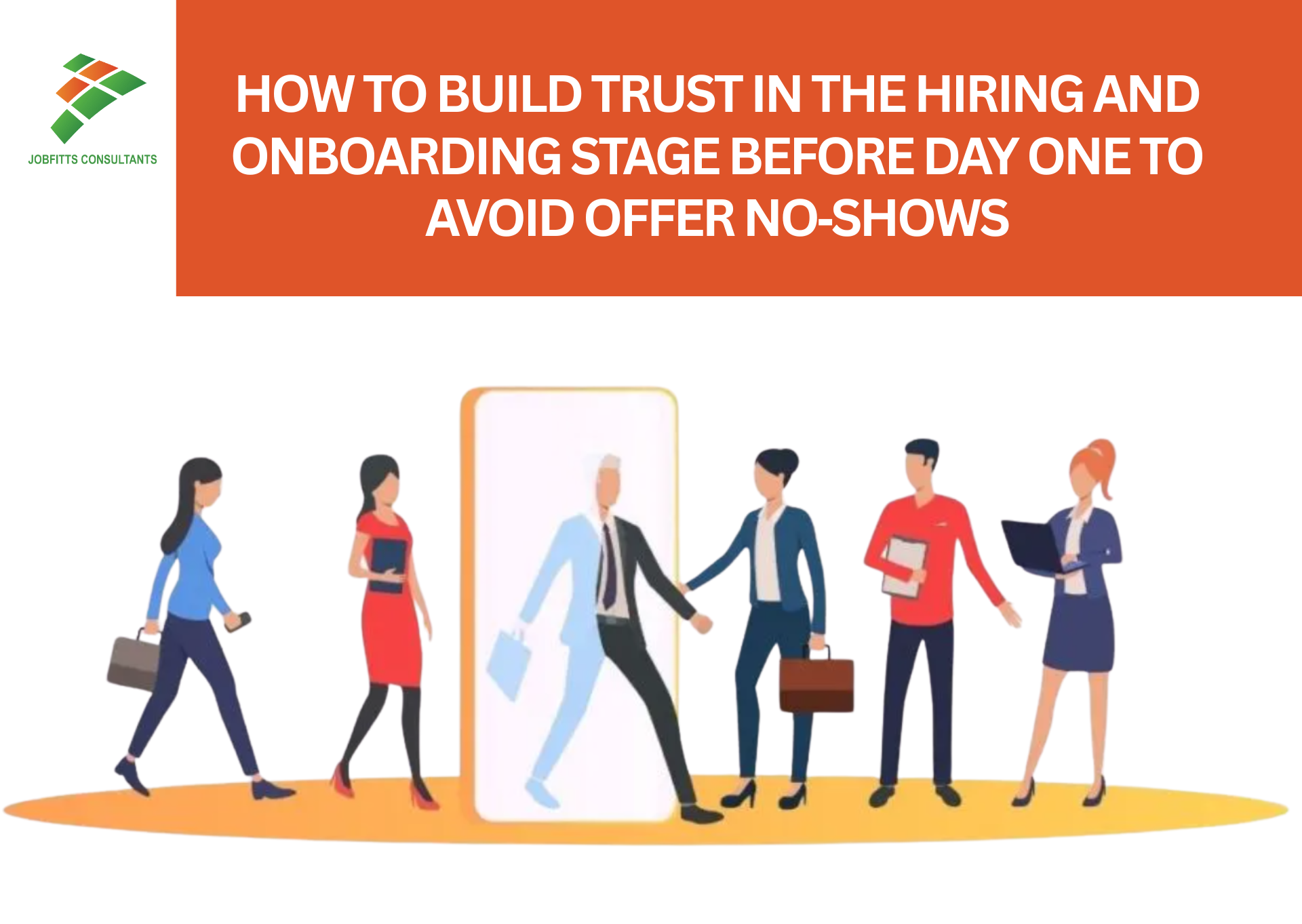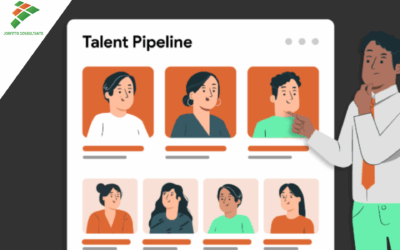Employers globally are grappling with an increase in “offer no‑shows” when candidates accept job offers but fail to show up on their first day. This challenge has become more visible in Australia’s talent market, where candidates often juggle multiple offers, side hustles and heightened expectations about flexibility and culture. While the recruitment process may end with an accepted offer, the real test of trust begins in the days and weeks before a new hire actually walks through the door.
What’s happening: Current trends and Data
Research confirms that the pre‑start period is a critical window in the hiring journey. A Forbes and SHRM survey found that nearly 70% of employers reported that about a quarter of new hires fail to show up after accepting a position. Half of new hires also admitted they keep job hunting during background checks. A 2025 study in the Review of Managerial Science highlighted that effective onboarding practices significantly reduce turnover intention by improving employee well‑being and identification with the organisation. Meanwhile, Dr John Sullivan has argued that preboarding can cut no‑shows to almost zero by maintaining engagement between acceptance and start date.
Why it happens: Underlying causes
Understanding why offer no‑shows occur helps employers design more effective pre‑boarding strategies. Lack of communication after an offer is accepted can create doubt and disengagement. Unclear expectations or vague role descriptions often result in misalignment when the reality of the job sets in. Candidates may also receive better offers or counteroffers during this window and without strong relational ties, they can walk away with little hesitation. Generational dynamics add another layer. Younger candidates, particularly Gen Z, prioritise values, belonging and growth opportunities. If these aren’t evident early, they may disengage regardless of salary. Finally, anxiety about logistics such as hybrid arrangements, team dynamics or even first‑day schedules can make candidates second‑guess their decision.
Implications for Employers
The cost of offer no‑shows is more than inconvenience. Industry benchmarks suggest the average cost of a bad hire in Australia exceeds $23,000 and while a no‑show may not incur the same full cost, it still wastes advertising spend, recruiter hours, administrative processing and team planning. Missed hires also delay projects and place extra pressure on existing staff. Reputationally, candidates who feel poorly treated may leave negative reviews on Glassdoor or LinkedIn, discouraging future applicants. In short, each no‑show represents wasted investment and a missed opportunity to strengthen employer brand.
How to Avoid it: Best Practices to Build Trust Before Day One
1. Formal Pre‑onboarding Plan: Begin preboarding immediately after offer acceptance. Share contracts, policies and cultural resources early. Give candidates a head start on learning the organisation’s values and goals.
2. Clear Role and Expectation Communication: Provide examples of the first 30/60/90 day goals, outline flexibility arrangements and clarify reporting lines. This ensures alignment and transparency.
3. Consistent and Human‑Centred Communication: Assign a buddy or onboarding contact to check in regularly. Send personalised messages from the hiring manager or team members and confirm a first‑week schedule.
4. Cultural Preview and Team Integration: Share authentic stories, videos or even invite candidates to a virtual coffee. Show them what life inside your organisation looks like before they start.
5. Streamlined Logistics and Tools: Ensure paperwork, technology and access are organised before day one. Candidates interpret early disorganisation as a signal of workplace chaos.
6. Feedback Loops: Invite candidates to share concerns or questions before their start date. This not only uncovers risks but also reinforces respect and openness.
7. Leverage Research and Metrics: Track your own offer‑to‑show ratios and survey new hires about their pre‑boarding experience. Use this data to continually refine your approach.
Practical example: Preboarding Done Right
One Australian financial services firm reduced no‑show rates by introducing a structured preboarding process. Within 24 hours of acceptance, candidates received a personalised welcome video from the CEO, a digital pre‑onboarding pack with company values and an invitation to a virtual coffee with their future team. Equipment was shipped a week early for remote hires and HR checked in three days before start. As a result, the company cut its no‑show rate from 12% to below 2% in less than a year, saving thousands in re‑recruitment costs.
Final Thoughts
Building trust before day one is no longer optional it is a strategic imperative. A strong pre‑boarding and onboarding process reduces offer no‑shows, improves early engagement and creates a foundation for long‑term retention. By showing candidates they are valued, prepared for and welcomed, employers can transform uncertainty into commitment and elevate their reputation as an employer of choice.











Share This
Share this post with your friends!